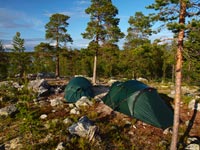
When you gotta go, you gotta go. And after all, what could be more natural?
But when you’re away from the “conveniences” (pun intended) of flush toilets and running water, there are some things to think about to make sure your visit to the woods causes as little impact and leaves as little trace as possible.
When wild camping, or if needing to go to the toilet at other times when no facilities are available, it is important to follow the guidance below to minimise impact on the environment and protect public health.
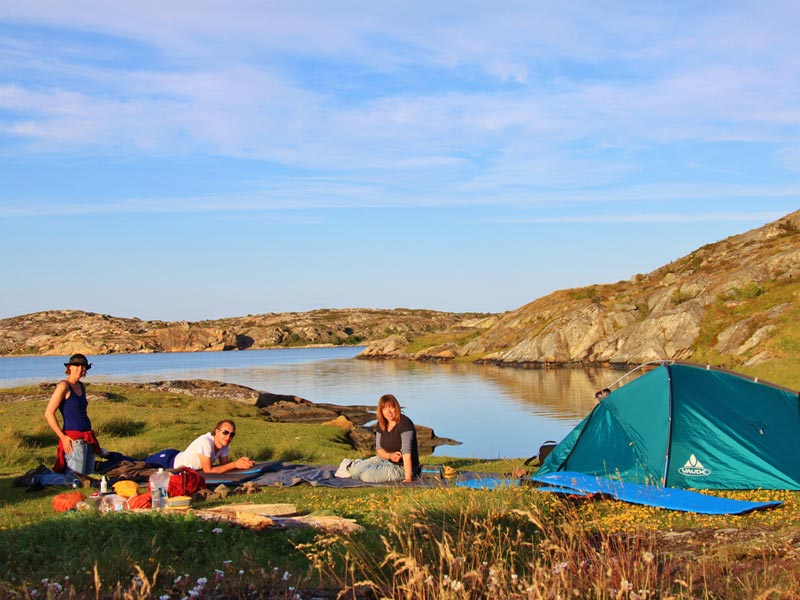
When packing for your trip, don’t forget to bring:
- A toilet spade. A toilet spade is an essential part of your kit list for any wild camping trip. For some of our tours where camping equipment is provided (such as Self-guided Sea Kayaking in St. Anna and Gryt), a toilet spade is one of the items that is included. Check the “What’s included” section of your tour information and the recommended packing list in the “info” file for your tour to see whether you need to bring one, and of course don’t hesitate to ask if you have any questions. Low-cost, lightweight “backpacking trowels”, as they’re often called, are widely available to purchase.
- Toilet paper (unscented, uncoloured) and a waterproof bag to keep it in (you don’t want soggy loo paper during your trip).
- Bag(s) to put your waste in that can be securely closed and packed down until you get back or find a suitable bin.
- Hand sanitiser or soap to wash your hands.
- Ladies may also like to consider a “She Wee” or similar female urination device. Read our Tips for the Outdoor Female Adventurer article for more things to think about as a female traveller.
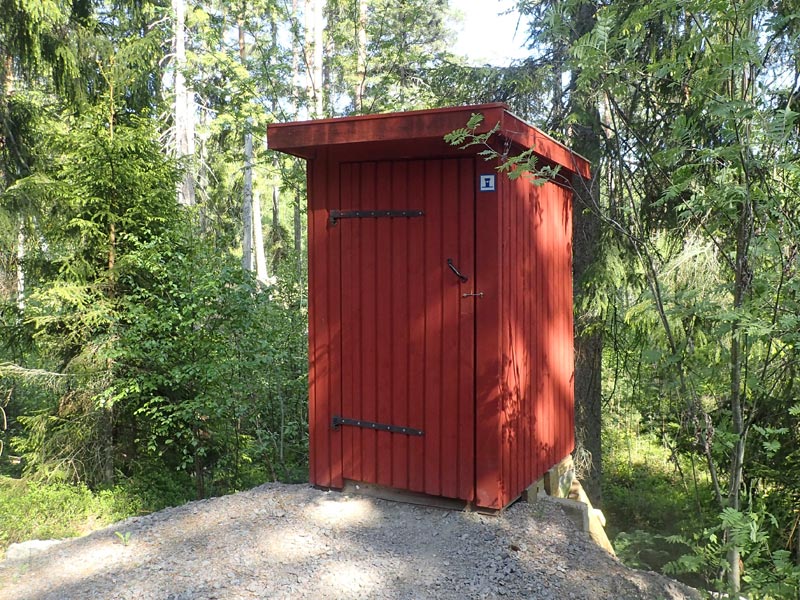
When it’s time to answer the call of nature:
For urination, go at least 30m away (about 45 steps) from any water source, camp or building. For defecation, go as far away as you can or at least 60m (about 90 steps).
Poo is of course the most hazardous, but urine can damage some sensitive plants due to its high nitrogen content and also changes the balance of nutrients in the soil, so choose your spot to have the least impact possible.
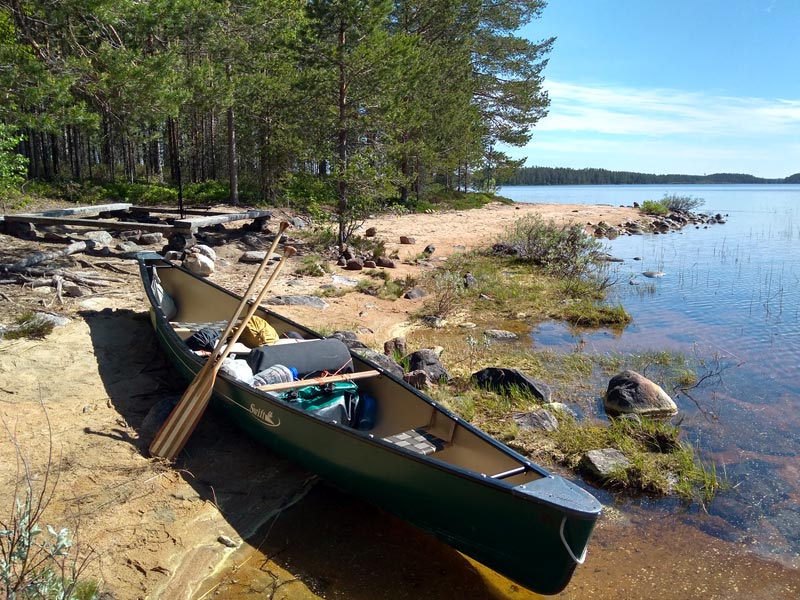
For solid waste:
- Dig a hole. Choose an area with soft earth if possible that is easy to dig and make a hole at least 15cm (6 inches) deep.
- Go in the hole.
- Either place your dirty toilet paper in a bag to bring with you to the nearest disposal point (the best option) or, if you cannot do this, bury your toilet paper in the hole along with your other waste. If you’re going to bury it, bury it properly! Even in ideal conditions, toilet paper outdoors takes 1-3 years to decompose. In northern regions, where many of our outdoor adventures take place, it’s likely to take much longer.
- Use unscented/uncoloured toilet paper.
- DO NOT try to burn your toilet paper. This is a serious wildfire risk in summertime.
- Never bury sanitary items or wet wipes. Always bring these with you to dispose of later.
- When you’ve finished, fill the hole carefully with the excavated earth and disguise the area with leaves, moss or grass, so that it looks as undisturbed as possible. Don’t place a stone over the hole – this can make it more difficult for the waste to degrade.
- Wash your hands with water or sanitiser.
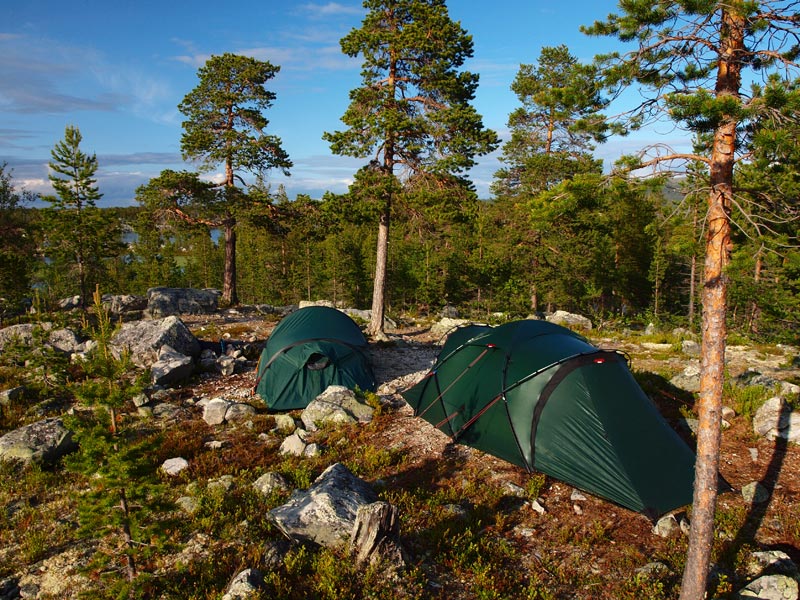
Going to the loo outdoors in winter:
Winter brings its own set of considerations. If you’re on one of our Dog Sledding and Winter Camping on the King’s Trail tours, for example, you’re likely to be able to wait for your most important business until you can make use of one of the dry outside toilets at the cabins along the way.
But if you’re out in the wilderness in wintertime and you need to go, in most areas it will be important to make sure you bag all your waste and bring it with you (it will freeze quickly, so you don’t need to worry about smell or mess). Anything you leave in a hole in the snow will melt in spring and be left out in the open.
If you are in a particularly remote region which sees very little human traffic and you are travelling away from established trails, it may be acceptable to burn your toilet paper and leave your solid waste buried in the snow. Your guide will be able to advise on what is appropriate for the area you are in.
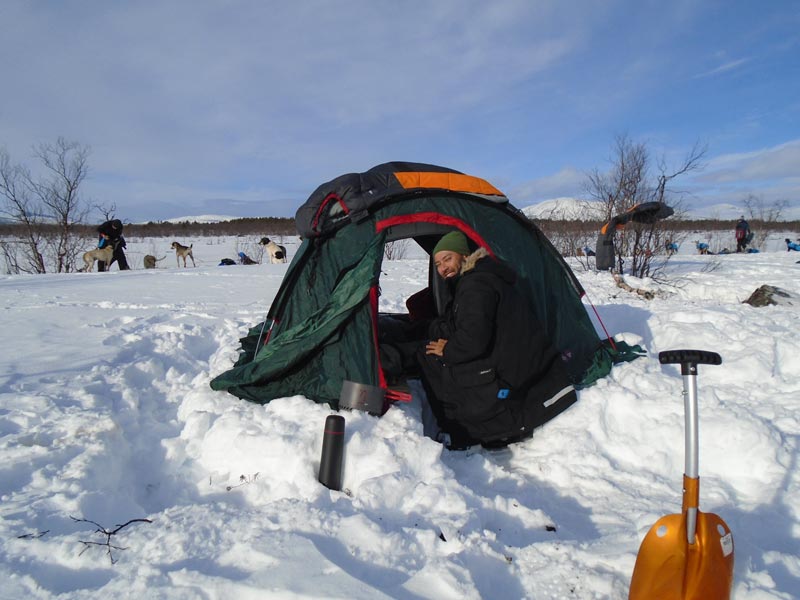
One tip learned from painful personal experience – make sure your chosen patch of snow is suitably stable before hunkering down. Mine collapsed once on a snowshoeing and winter camping tour at the worse possible moment. I still have nightmares…
You can pee as normal of course, but a large patch of yellow is unsightly in a pristine white winter landscape, so try to go somewhere out of the way and cover the patch with fresh snow afterwards.
And of course remember the words of winter wisdom: “Never Eat Yellow Snow”!
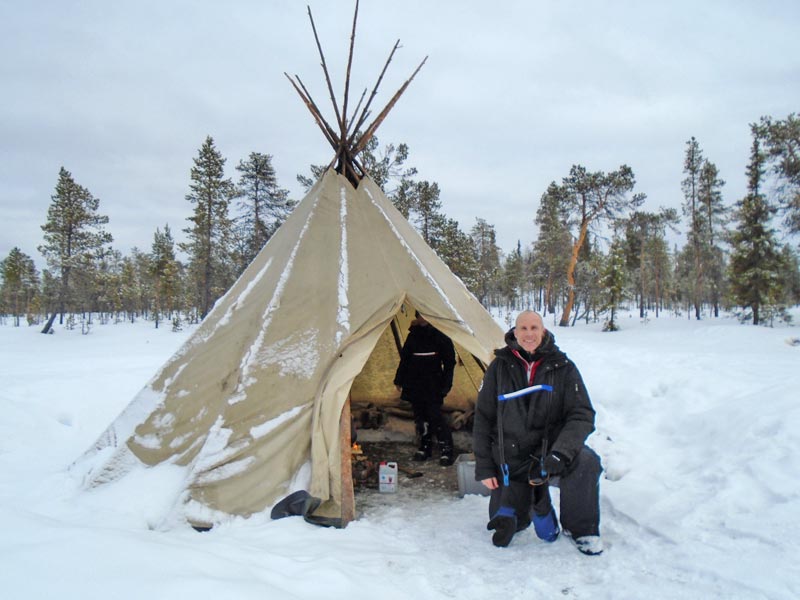
The lowdown:
Going to the toilet outdoors is the most natural thing in the world – there’s no need to feel uncomfortable. Just make sure you do it properly so that the area remains beautiful, clean and safe for those who come after you.
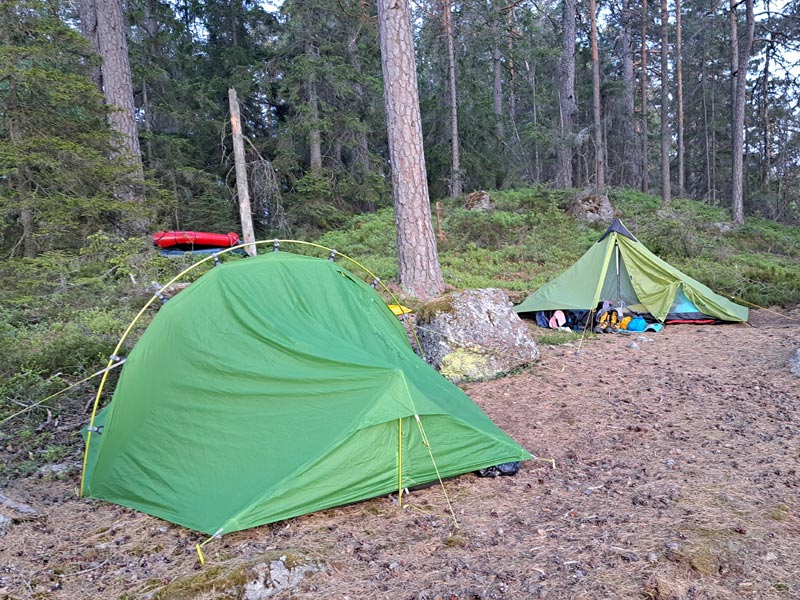
Happy Camping!
